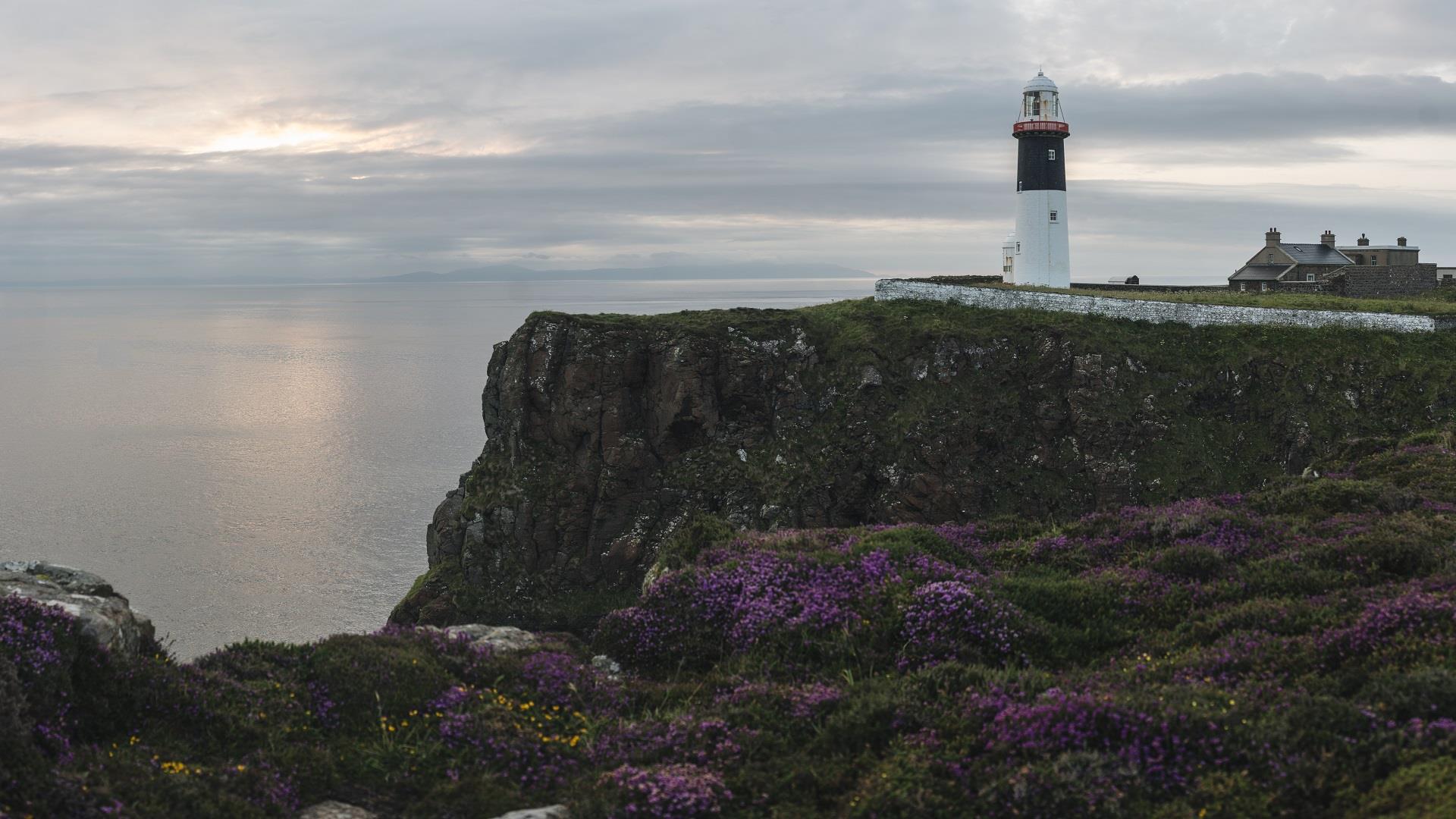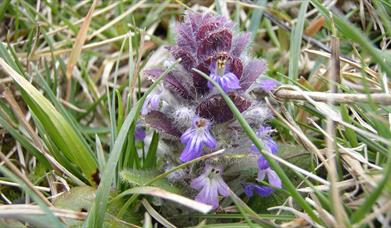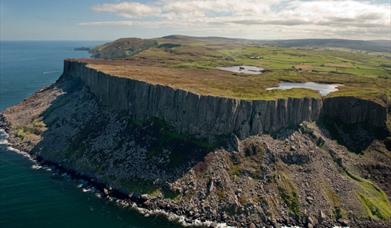Book Tickets Online
About
Rathlin Island is known as an iconic landmark off the northern coastline of County Antrim and forms part of the panorama of the Causeway Coastal Route lying just six miles off the coast from Ballycastle. The high sea cliffs lend an aura of mystery and a sense of wanting to explore what lies beyond. Arguably its greatest asset is the breeding seabird colony. The puffins always create a buzz of excitement when they arrive in spring. You'll discover some important natural heritage sites on your travels. And for nature lovers, Rathlin is also renowned for its flora, wildlife and its unique underwater marine life.
STARTING POINT
Rathlin Island Harbour
There are 7 walking routes on Rathlin Island which start from the harbour:
1. Ballyconagan Trail 1.3 miles (2km) – This NT trail leads you through a mosaic of different habitats.
2. East Light Walk 2 miles (3.2km) – This gentle walk passes by the two churches on Rathlin Island.
3. Kebble South Trail 1.25 miles (2km) – This walk will reward you with spectacular sights through the seasons.
4. Kinramer North Trail 1.5 miles (2.4km) – For the more intrepid rambler, sections follow rough terrain and involve ascending and descending of rock faces.
5. Kinramer Permissive Path 1.4 miles (2.2km) – Moderately challenging hiking route through botanically rich organic meadows, rough pasture, heathland, cliffs and boggy mosses.
6. Rathlin Trail 4 miles (6.4km) – This walk gives you the best idea of Rathlin’s geography, geology and wildlife.
7. Roonivoolin Trail 4 miles (6.4km) – The loop trail at Roonivoolin
Reserve skirts the cliffs offering panoramic views towards the hills of Donegal and the Mull of Kintyre. Ballycastle is the departure port for Rathlin Island.
POINTS OF INTEREST:
RSPB Seabird Centre
The RSPB West Light Seabird Centre has now re-opened with improved visitor facilities and the opportunity to tour the lighthouse, as part of the Great Lighthouses of Ireland Trail**.The West Light Seabird Centre is home to one of the largest breeding seabird colonies in Europe including puffin, guillemot, razorbill and kittiwake.
















